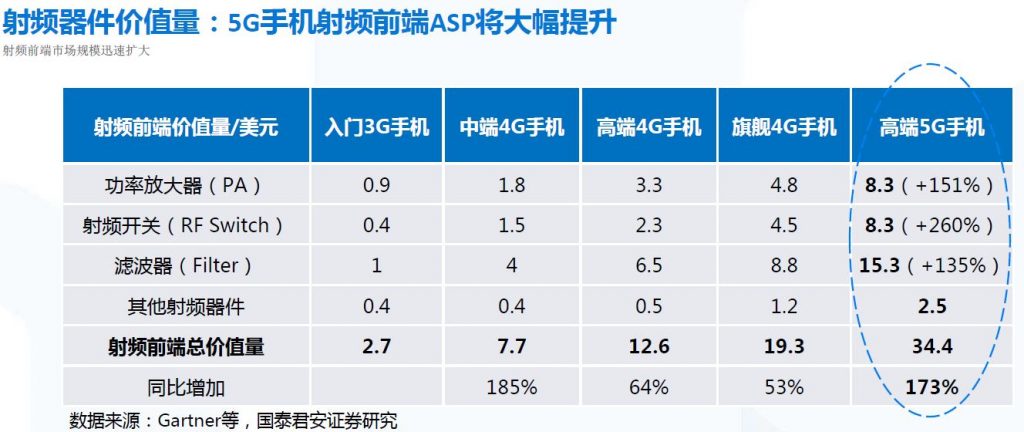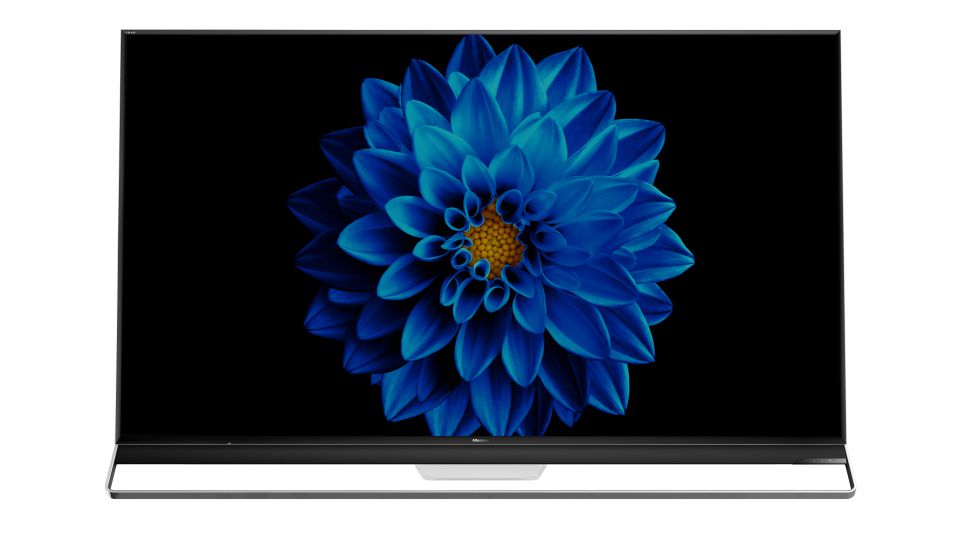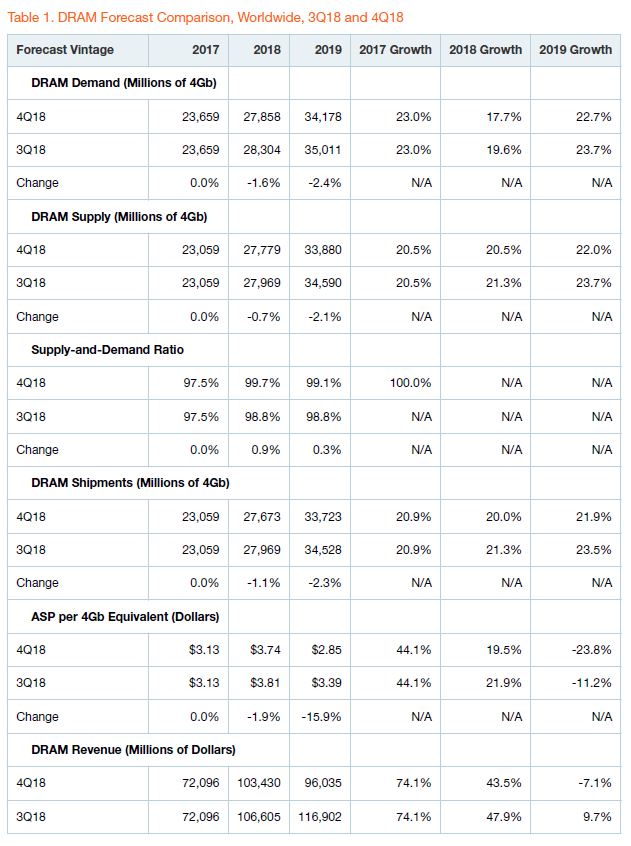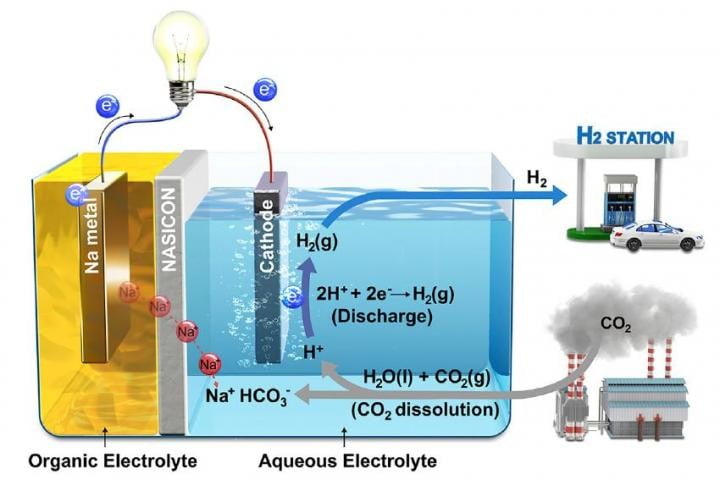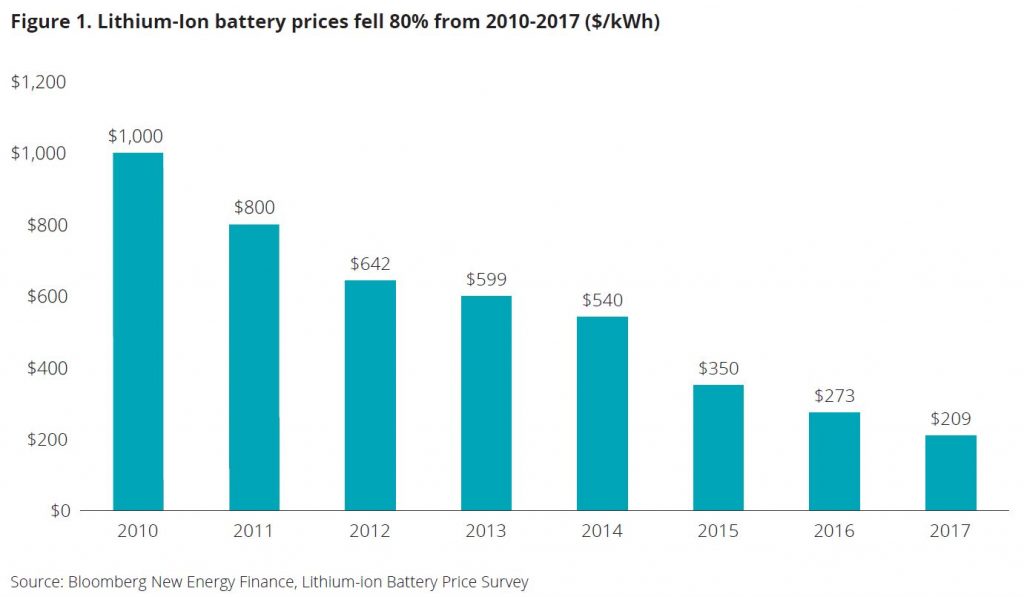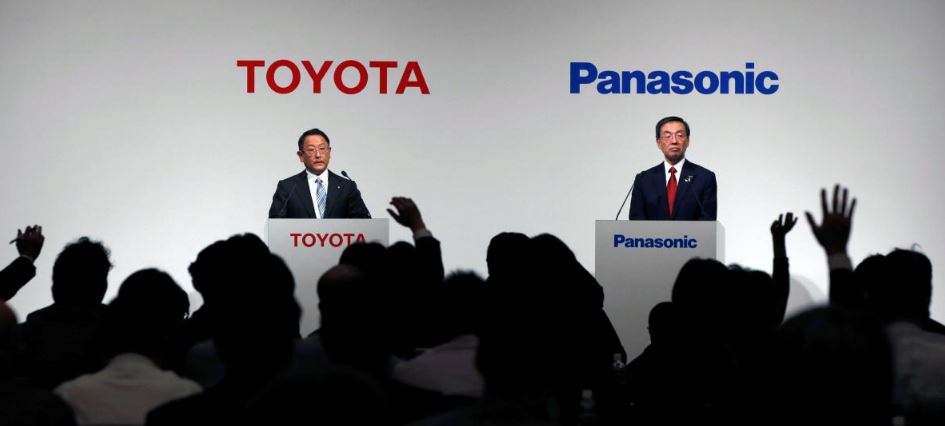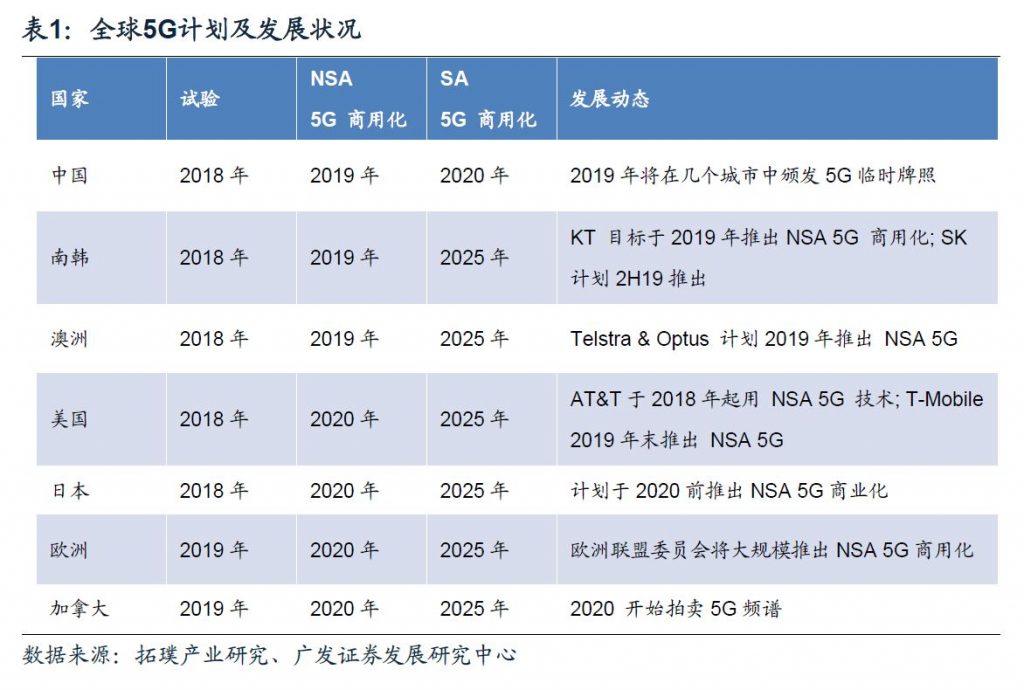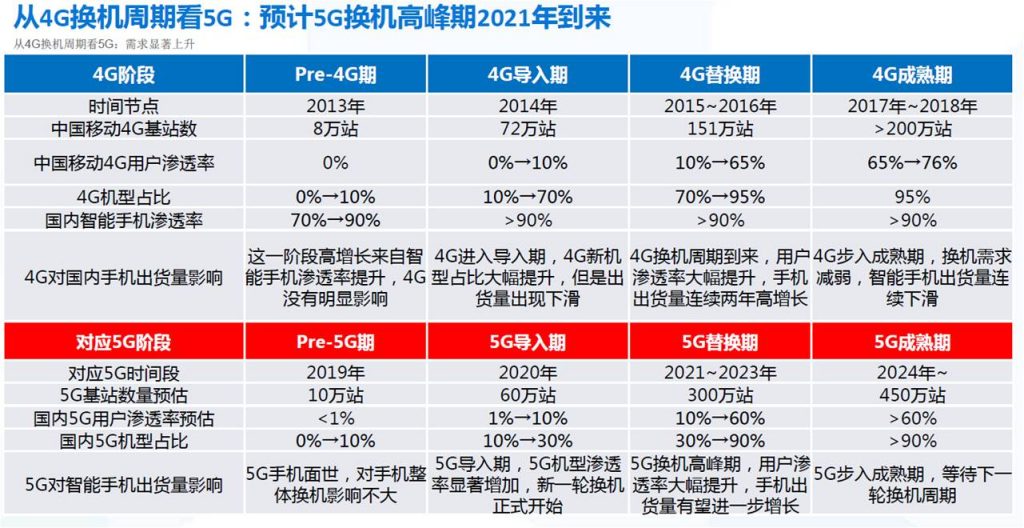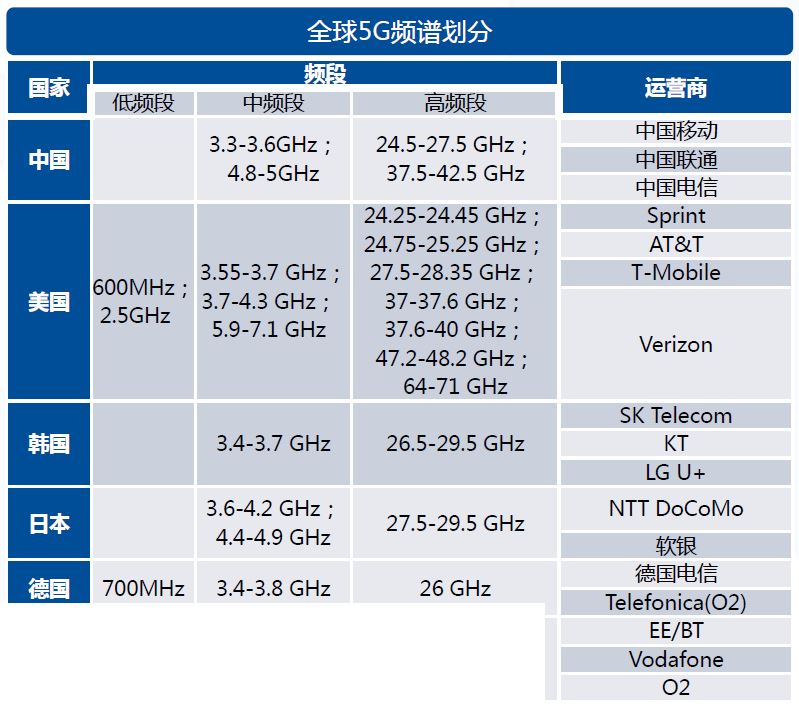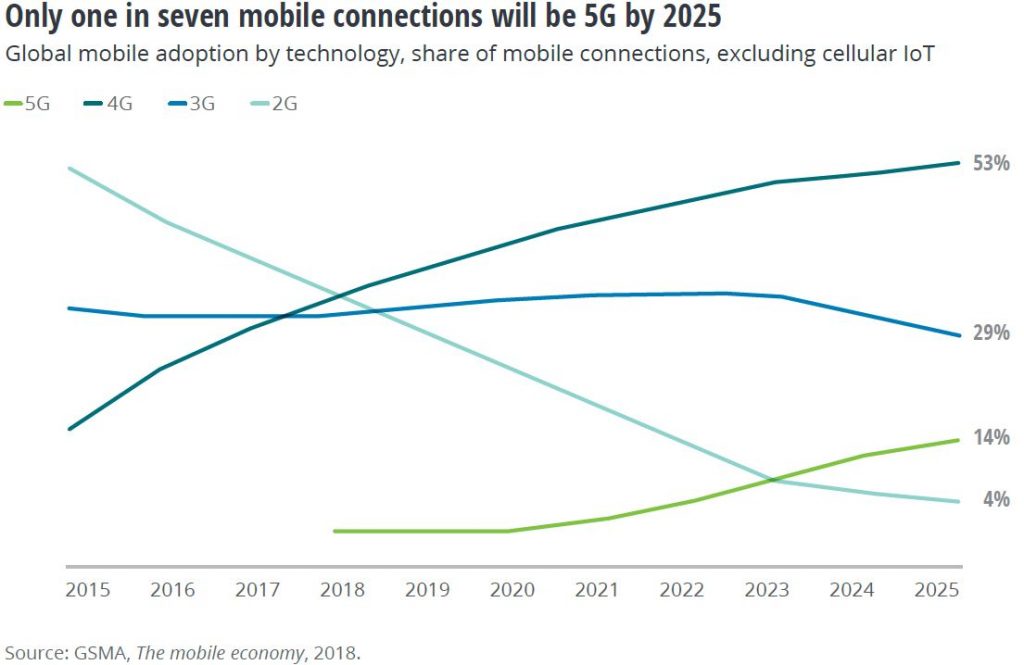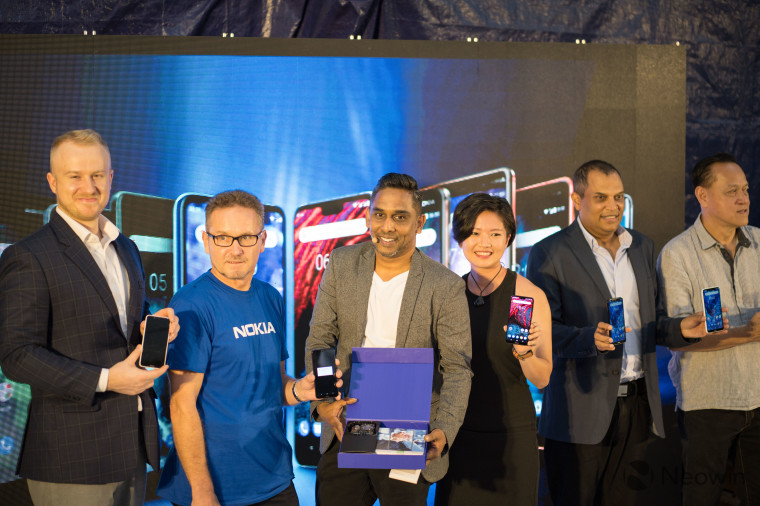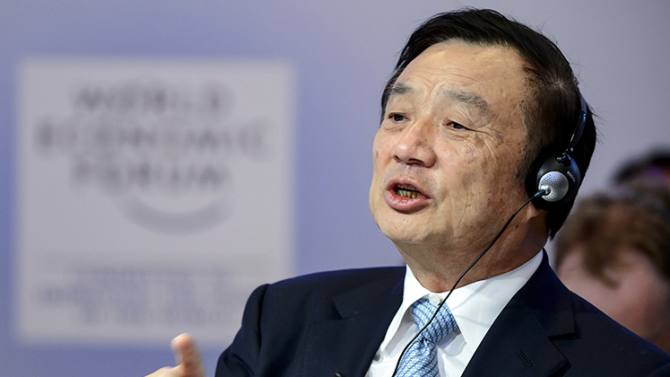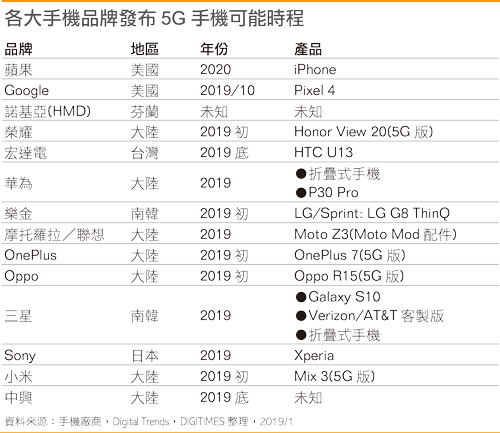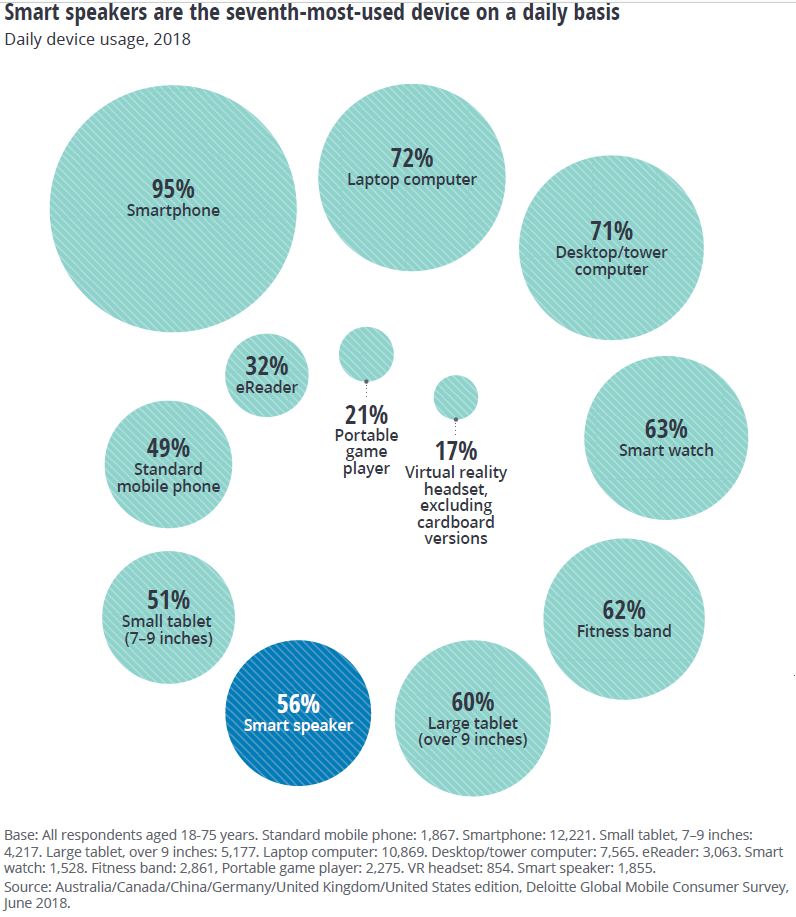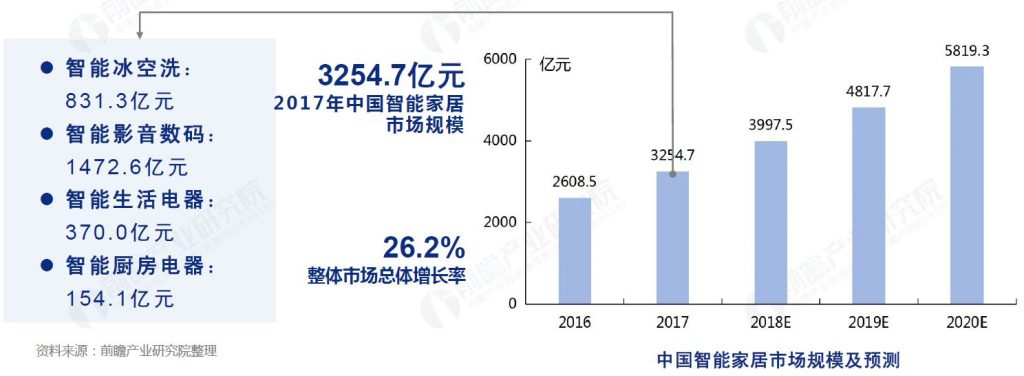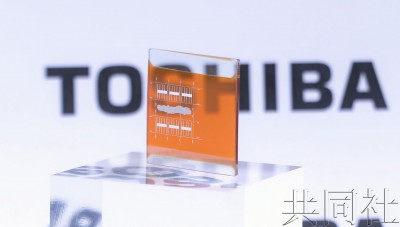
01-21: Toyota Motor and Panasonic are set to launch a joint venture in 2020 to produce batteries; Ren Zhengfei, founder and chief executive of Huawei, has publicly warned of job losses; etc.
Chipsets
Based on Guotai Junan Securities consolidated report, the ASP of 5G RF front-end value will be greatly increased, taking high-end models as an example, the value of 5G RF front-end will increase from USD12.6 for 4G to USD34.4, an increase of up to 173%: PA cost will increase from USD3.3 to USD8.3, a 151% up. RF switch will increase from USD2.3 to USD8.3, a 260% up. Filter will increase from USD6.5 to USd15.3, a 135% up. (Guotai Junan Securities report)
Touch Display
Hisense has announced a new technology that the company says will enable its LCDs to compete with OLEDs in high contrast. The so-called ULED XD panels use 2 LCDs panels, on top of the other. The inner LCD is a monochrome (grayscale) FHD LCD that is used to block the light on low brightness images, and on top of it is the usual 4K full-color LCD. (OLED-Info, Engadget, TechRadar, OfWeek, Sohu)
Memory
According to Gartner, the DRAM market will be in oversupply through 1H19 before moving to undersupply for the remainder of 2019, due to a short-term drop in demand from key end markets and inventory burn-off at equipment OEMs. As a result, DRAM ASPs, which increased 19.5% in 2018, will drop 23.8% in 2019. Oversupply will develop in 3Q20 and last through 2021, due to new wafer capacity additions, causing DRAM ASPs to decline 53.7% in 2021. (Gartner report)
Battery
Ulsan National Institute of Science and Technology (UNIST) has developed a system, which can continuously produce electrical energy and hydrogen by dissolving carbon dioxide in an aqueous solution. They has used the concept to “melt” carbon dioxide in water in order to induce an electrochemical reaction. When acidity rises, the number of protons increases, and these protons attract electrons at a high rate. This can be used to create a battery system where electricity is produced by removing carbon dioxide. (Digital Trends, NOAA, UNIST)
Bloomberg New Energy Finance provides an annual industry average battery (cells plus pack) price for electric vehicles and stationary storage. Stationary storage developers paid about USD300/kWh for battery packs in 2017— 51% more than the average automaker price of about $USD99. This is typically due to much lower order volumes. (Deloitte report)
Toyota Motor and Panasonic are set to launch a joint venture in 2020 to produce batteries for electric vehicles (EV). The joint venture, to be owned 51% by Toyota and the rest by Panasonic, could also provide batteries to Toyota’s EV technology partners Mazda and Subaru. (CN Beta, Reuters CN, Reuters)
Toshiba has announced that it will successfully realize the transparency of cuprous oxide solar cells for the first time. Toshiba envisages the application of products that can be superimposed on widely used crystalline silicon solar cells to increase power generation efficiency. Cuprous oxide is an oxide of copper, which is said to significantly reduce costs due to the low purchase price of copper. (CN Beta, Guancha, Sohu, Fuel Cells Works)
Connectivity
Verizon and AT&T, the 2 largest telecom operators in the US, have announced the launch of 5G commercial for families in 2018, launching 5G fixed wireless services. Verizon deploys 5G fixed wireless services in Sacramento, Los Angeles, Houston and Indianapolis; AT&T targets cities include Oklahoma, Dallas, Waco, Atlanta, Indianapolis and more. T-Mobile has announced plans to build 5G in 30 cities, such as New York, Los Angeles, Dallas and Las Vegas, and will launch commercially in 2019. Sprint plans to launch commercial 5G services in 2019. (GF Securities report)
Guotai Junan Securities consolidate the development cycle of 5G by referring to the 4G development cycles. It expects 2021 to be the device upgrade / cycle peak period driven by 5G networks. (Guotai Junan Securities report)
China’s 5G plan is to run scale test in 2019, and begin commercial trial in 2019, and then in 2020 to begin scale commercial use, which is aligned with the oversea plans. Additionally, China is in a leading position in 5G technology R&D and standard setting. (Guotai Junan Securities report)
4G launched in late 2009 and early 2010 with only a handful of operators offering services within a limited territory. Although more and more 4G networks have deployed in the decade since then, it will take until 2019 for 4G to become the single-most used wireless technology worldwide, and according to the GSMA, 4G usage will not surpass 50% of all subscribers globally until 2023 – 14 years after launch. This means that 5G will likely still be a relatively niche technology even in 2025, with its forecast 1.2B connections making up only 14% of the total number of mobile non-IoT connections worldwide. (Deloitte Insights report, Deloitte Insights CN report)
Phone
According to HMD Global’s country manager for Malaysia and Myanmar, Vijay Thangavelu, quality, simplicity and a lot of attention to software, with timely and constant updates, this is the recipe of HMD Global that for now seems winning and that has managed to bring the Nokia brand to the glories of the 90s. (GizChina, Neowin)
Ren Zhengfei, founder and chief executive of Huawei, has publicly warned of job losses as several more governments bar the embattled Chinese technology group from supplying equipment for 5G networks. (Financial Times, FT Chinese, CN Beta)
According to Digitimes, the price of China’s 5G phone in 2019 will increase CNY500 as the pricing policy. 5G chipset module and related material cost is about CNY300-400, and thus the vendors to increase about CNY500 to the smartphone pricing to cover the cost gap. (Digitimes, press, My Drivers)
Home
Deloitte Global predicts that the industry for smart speakers – internet-connected speakers with integrated digital voice assistance – will be worth USD7B in 2019, selling 164M units at an average selling price of USD43. Based on a sample of countries with relatively mature smart speaker markets, Deloitte Insights indicate that smart speakers are only the 7th-most used device on a daily basis. (Deloitte Insights report, Deloitte Insights CN report)
According to Forward research, smart home market potential is huge. By 2017, the market size is about CNY325.47B in China, and this number would increase to CNY399.75B in 2018. (Forward report)
